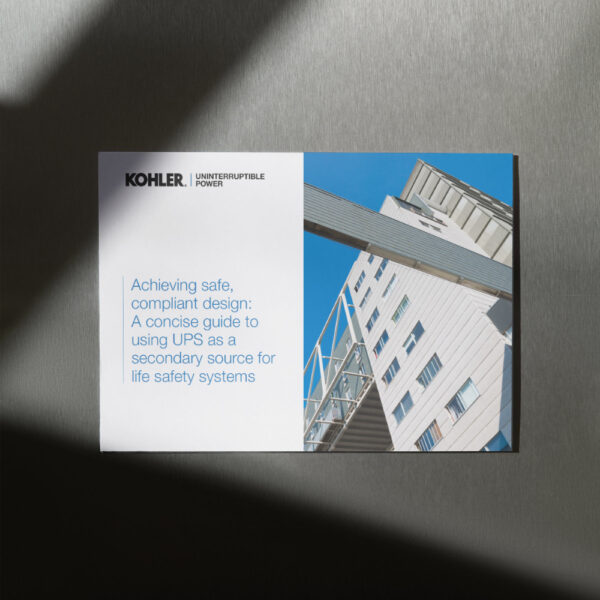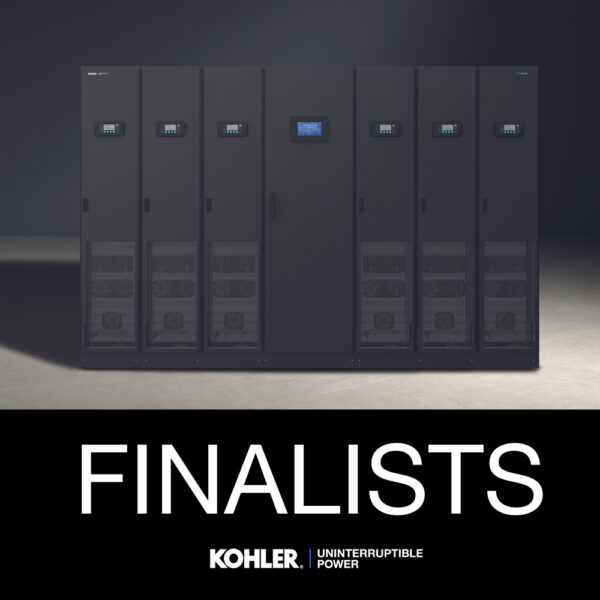Most people who work in retail, commercial or industrial environments have at least a vague idea of what a UPS is – but their conception is usually of a backup power supply resource used during a power failure, as implied by the word ‘Uninterruptible’.
Although correct, this isn’t the whole story. Utility power arriving at a user’s facility may have been contaminated by one or more disturbance sources, such as weather conditions, equipment failures, accidents and switching operations. Heavy machinery starting up can also impose problems. These can cause the power AC waveform to depart from its ideal amplitude and 50 Hz (Europe) sinusoidal waveform in several different ways.
The consequences can include damage to hardware, corruption and loss of data or inappropriate control system action. These, in turn, can lead to loss of production time or business continuity, associated financial cost, damage to reputation, and in industrial situations, possibly also safety issues.
Let’s look at the different distortions that can occur, and then at how UPSs can prevent these from reaching any critical load.
Incoming power problems
Spikes are short-duration positive or negative voltage transients superimposed on the AC mains waveform, which can damage or destroy electrical and electronic components. They are typically caused by thermostats or other devices switching large electric currents, or load switching by utility power companies. Higher energy spikes capable of causing greater harm can be induced into telecommunications cables by lightning strikes.
Lightning strikes and load switching, as well as cable faults, electromagnetic interference and nearby radio frequency equipment can cause electrical noise. This can appear as either line-earth common mode noise or normal mode noise between line and line or line and neutral. High-frequency noise energy can affect sensitive electronic circuits that use the supply earth as a reference for internal control logic. It can cause computers to hang, with resulting corruption of data.
Surges are more sustained voltage excursions above the normal mains level, which exceed a single cycle. Shutting down a large load, or load switching in substations are typical causes. Surges can degrade computer switched-mode power supply components and cause premature equipment failures.
Conversely, sags are drops in the mains power supply that can last for several cycles; generated similarly to negative spikes but of much longer duration. These common occurrences are typically due to starting large loads such as air conditioning equipment, or heavy rotating machinery. Sags can be large enough to cause computers to reboot.
Loads such as controlled rectifiers, switched mode power supplies or rotating machines draw non-linear current from the mains supply in large peaks, which can create harmonics. Computers, photocopiers, laser printers and variable-speed motors are typical culprits. Harmonics cause a disproportionate rise in current, which increases temperatures and the risk of component failure and equipment overheating.
Brownouts are identical to sags but are generally more serious and have a much longer duration – possibly several hours. They are caused when the utility company drops the network voltage to cope with heavy load demand. Blackouts are complete power losses; typical causes include thunderstorms, supply line faults and accidents.
UPS-based filtering solutions
While filters and isolation transformers can offer some protection, the best overall solution includes an on-line double conversion UPS; this protects the load from the input power aberrations described above as well as complete power blackouts requiring UPS battery backup. During normal operation, the load receives a clean, well-regulated supply from the UPS inverter output, while mains-borne power problems are absorbed by the UPS rectifier – inverter chain.
The UPS battery can be useful for these aberrations as well as blackouts. If the voltage excursion exceeds preset limits, the inverter switches seamlessly to battery power until the problem is corrected.
For more information on our range of UPS, visit the website or call us on 0800 731 3269.






